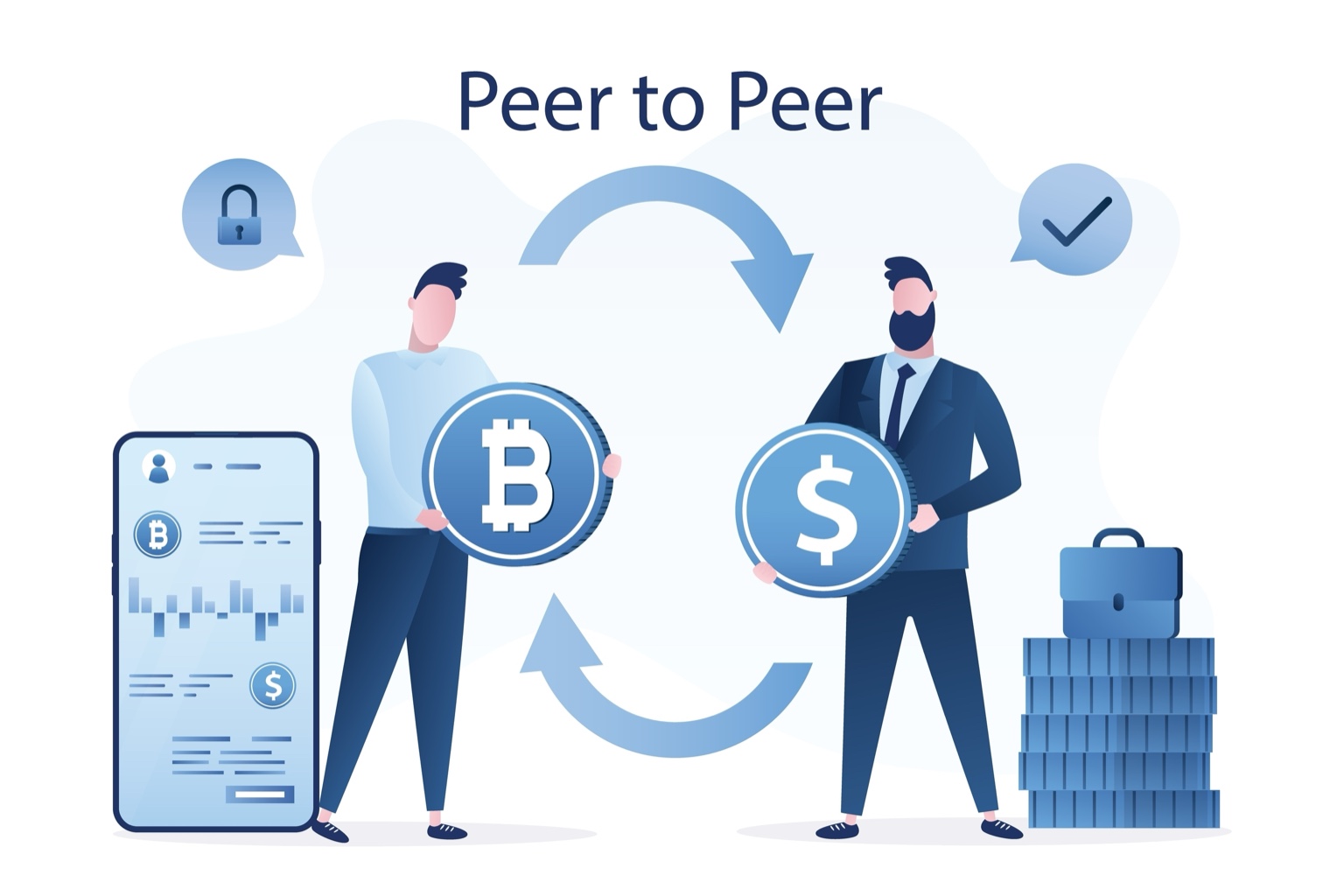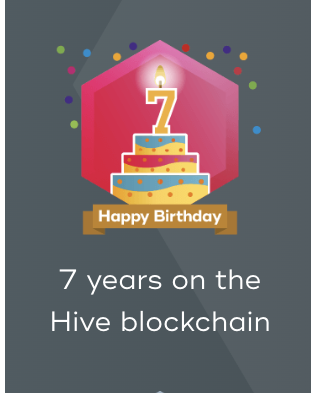Satoshi Nakamoto's Big Idea: Explained in the Bitcoin White Paper.
Introduction:
In 2008, a mysterious person (or group) named Satoshi Nakamoto released a paper called "Bitcoin: A Peer-to-Peer Electronic Cash System." It laid out the plan for a new kind of online money that doesn't need a bank or any middleman to work. The main goal was to create a way for people to send money directly to each other online, just like handing someone cash in person.
So, What Was the Problem with Regular Online Money?
Think about how you pay for things online now. You might use a credit card, PayPal, or Venmo. All of these require a trusted company in the middle to handle the transaction. The Bitcoin paper pointed out a few problems with this system:
Extra Fees: Banks and payment companies charge fees to move money around.
Trust Issues: You have to trust these companies with your personal and financial information.
Scams and Reversed Payments: For sellers, there's always a risk that a buyer could reverse a payment after receiving an item.
Satoshi wanted to create a system where payments couldn't be reversed and where no single company was in charge.
How Bitcoin Transactions Work ⛓️
A bitcoin isn't a physical coin; it's just a digital record. The system keeps track of every transaction in a giant, public ledger.
To use Bitcoin, you have two important keys:
Public Key:
This is like your bank account number. It creates a Bitcoin address that you can share with others so they can send you money.
Private Key:
This is like your secret password or PIN. You use it to approve payments from your address. You should never share your private key with anyone.
When you send a bitcoin, you use your private key to "sign" the transaction. This proves you are the real owner and gives permission for the money to move.
The biggest challenge for any digital money is the "double-spending" problem. How do you stop someone from spending the same digital dollar twice? Bitcoin solves this with its public ledger.
The Solution to the Double Spend: The Blockchain (A Global Public Notebook)
Imagine a notebook that the entire world shares. Every single Bitcoin transaction is written down in this notebook for everyone to see. This notebook is called the blockchain.
Transactions are grouped together into "pages" called blocks.
About every 10 minutes, a new block is added to the chain.
Each new block is cryptographically linked to the one before it, creating a chain.
Because every block is linked to the previous one, you can't go back and change an old page without ripping up all the pages that came after it. Since everyone has a copy of the notebook, they would immediately know if someone tried to cheat. This makes the blockchain permanent and trustworthy.
Proof of Work: Keeping the Notebook Secure ⛏️
Who gets to add a new page (or block) to the chain? This is where "mining" comes in.
To keep the system secure, adding a new block is made intentionally difficult. Computers around the world, called miners, compete to solve a very hard math puzzle.
Think of it like a race to guess a secret code.
The first miner to solve the puzzle gets to add the next block of transactions to the blockchain.
This process is called Proof of Work because it proves the miner did a lot of computational work to find the answer.
It's extremely hard to solve the puzzle, but once it's solved, it's very easy for everyone else on the network to check that the answer is correct. To cheat the system, you would need to have more computing power than almost all the other miners combined, which is practically impossible.
Why Would Anyone Bother to Mine? 💸
Miners don't work for free. The Bitcoin network rewards them for their effort. The miner who successfully adds a new block gets two things:
New Bitcoin:
They are rewarded with a certain amount of brand-new bitcoin. This is how new bitcoins are created.
Transaction Fees:
They also collect small fees from all the transactions included in their block.
This reward system...
...gives people an incentive to contribute their computer power to keep the network running securely and honestly.
What About Privacy?
Since all transactions are public, is Bitcoin private? Sort of.
Transactions are tied to a Bitcoin address, not your real name.
This is like being anonymous but using a consistent username. To improve privacy, the white paper suggests using a brand-new Bitcoin address for every transaction you receive, making it much harder for people to link your payments together.
Last Words
We have covered a lot of ground, and we should stop here to let you think about what you have read until it is clear in your mind. That may require you to reread this essay, and that's why it purposely short.
The End of Chapter Three: The Bitcoin White Paper Explained in plain English
Read the First Two Chapters Here:
Read Chapter Two: My Journey into Bitcoin: The Pillars of Peer-to-Peer Link
Read Chapter One: Chapter One: My Journey into Bitcoin: taking the Orange Pill Link
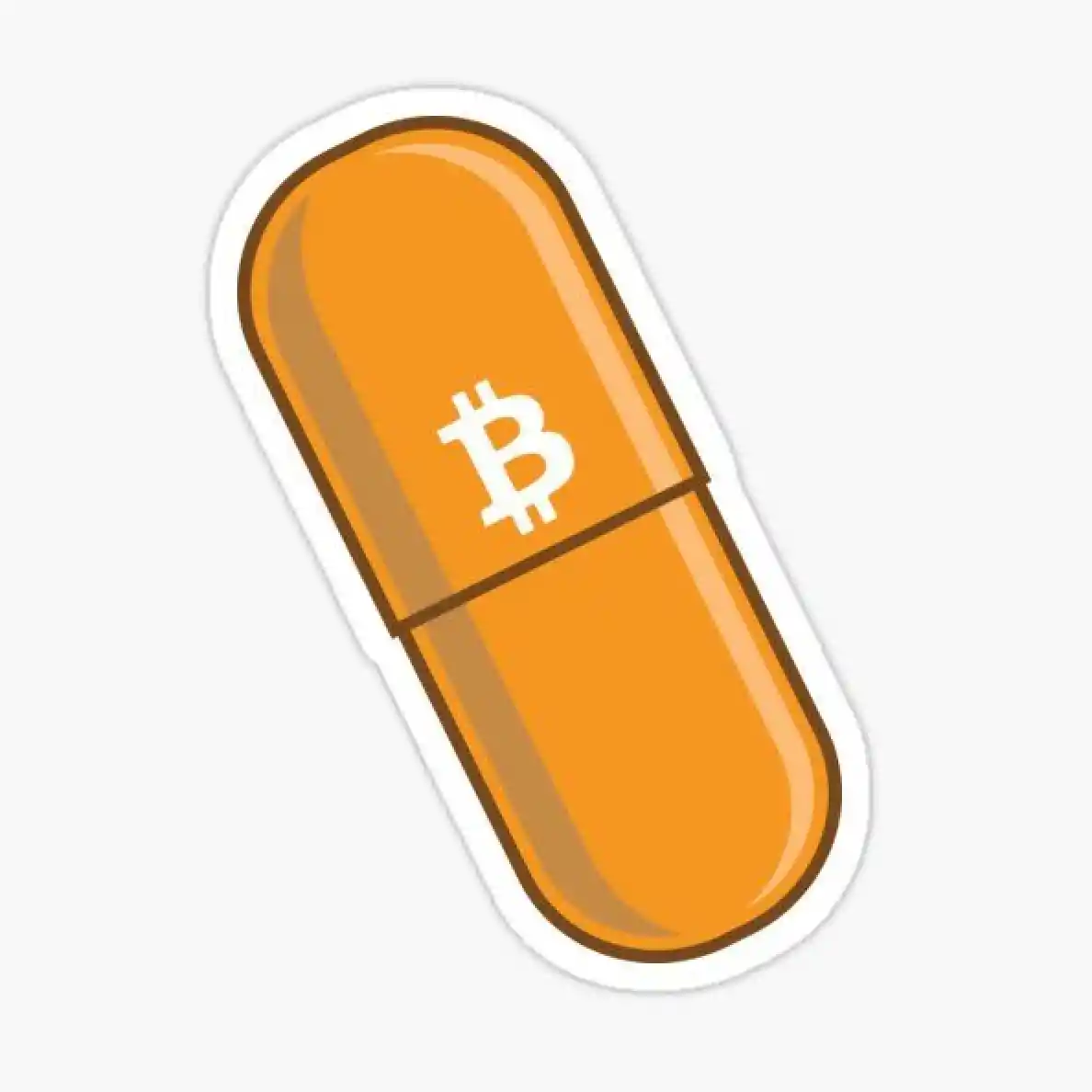
The End
@Shortsegments
Thank you for reading my post


This post was written by Shortsegments, who has been writing about cryptocurrency, the blockchain, digital ledgers, bitcoin, ethereum, and decentralized finance for seven years. You will find his articles here on his blog Link to his blog.
#
## Learn more about Hive at the Hive FAQ Page Link
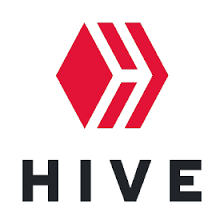
## Join Hive for Free Link
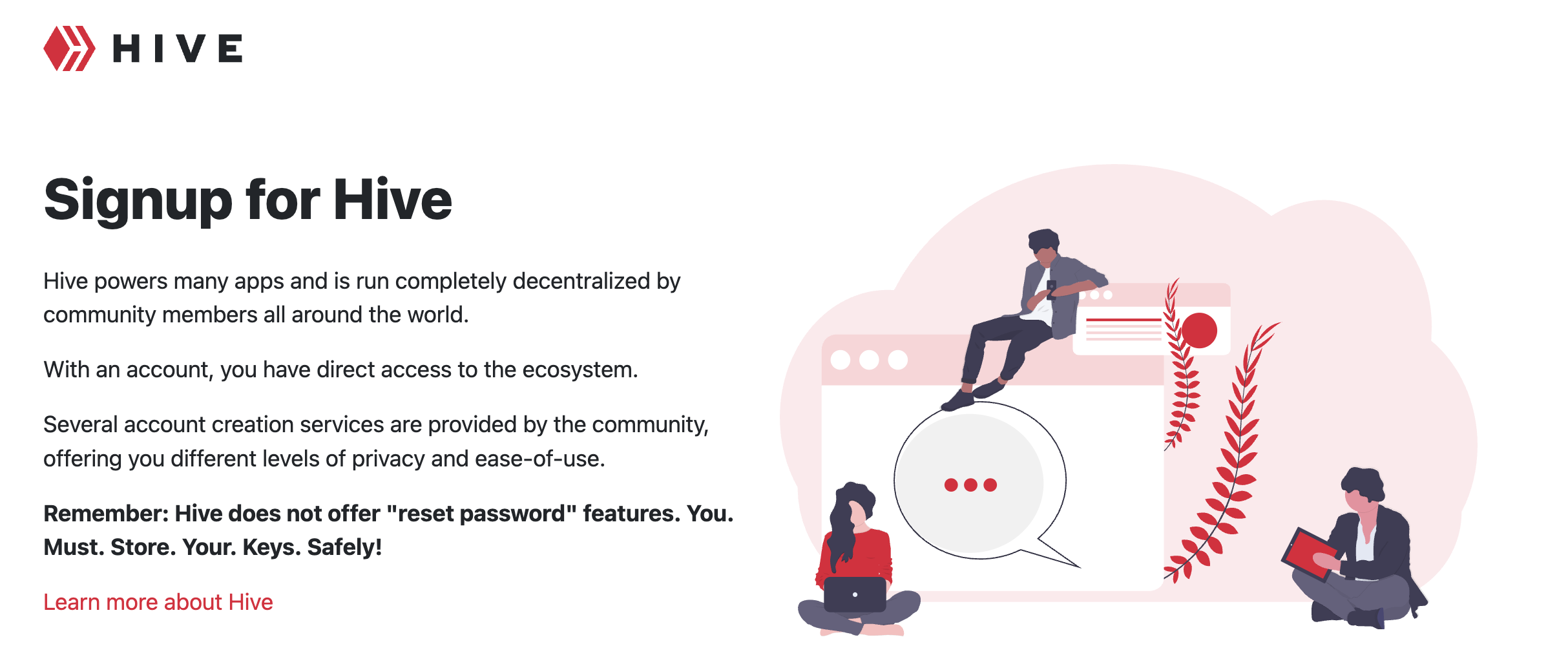
Inleo

This was published on the social community called Inleo, a monetized social media community. A Social Media Platform where Likes become Money
Open an account for free and choose your name
JOIN4FREE.
Once you join Tag me by typing #shortsegments at the bottom of your thread or post, and I will find your post, and I will reward you for joining our community with my referral link.
.

Leodex Decentralized exchange
Where cross chain swaps are made easy; the exchange does all the work of trading across one or more blockchains, so you don't have to!
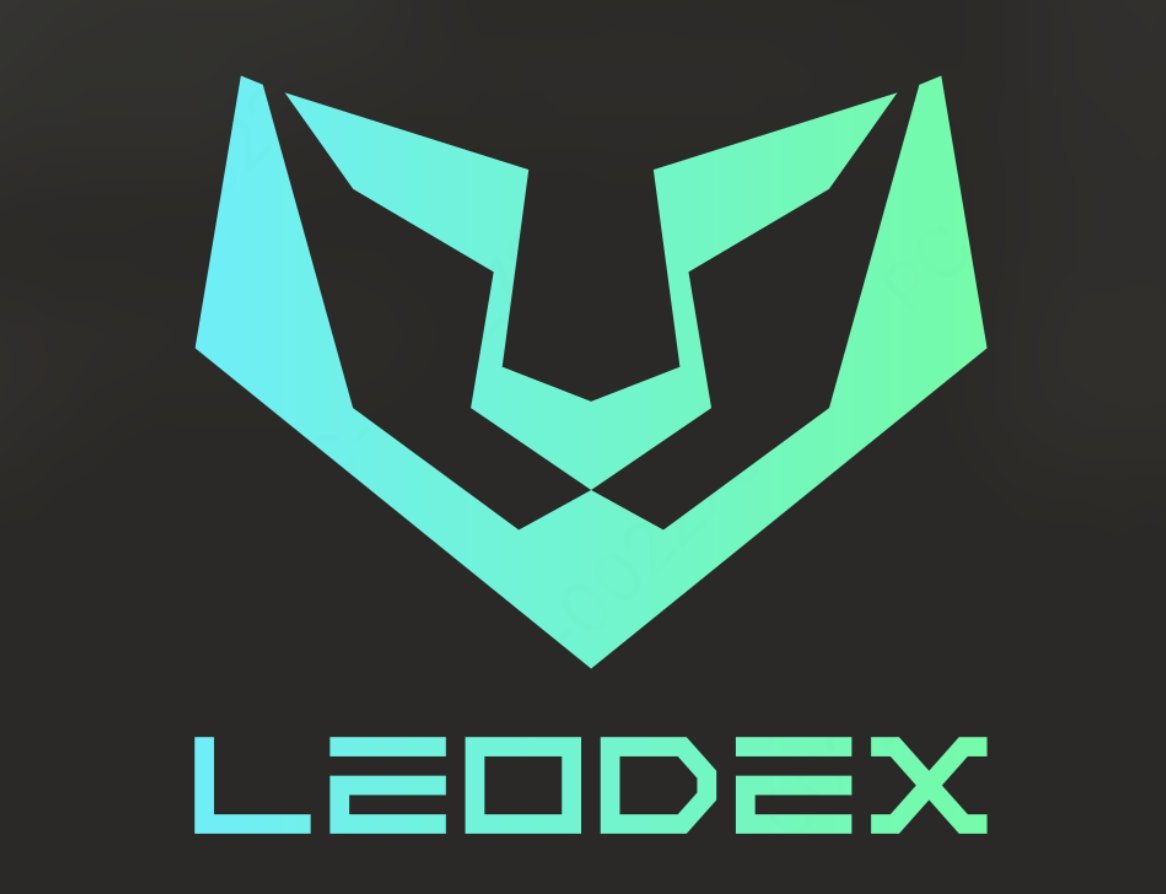
- ⚡️ LeoDex: Your Portal to Profit! ⚡️
Use My Referral Code/Link for a Ten Percent Discount on all Trades!!
Use my secret referral code LeoDex.io/?ref=shorty for a whopping 10% discount on trades!

Posted Using INLEO

